Agile Project Planning Template Excel
Agile Project Planning
Our world, on the whole, is going agile, as per the modern approach. Almost 71% of worldwide organizations have adopted agile project planning and it has immensely reduced the market time of the projects as compared to the traditional approach.
What is Agile Project Planning Template?
An agile project plan focuses on features. The time period of delivering each feature is defined, more than the actual details of the process.
Agile planning is a repeatable process that helps teams to know how much they can achieve. The agile project planning methodology is an ever-changing process, so once the actual plan is created, the team needs to update timelines and status accordingly. The iteration module helps in doing that.
Agile planning uses two work units to estimate the work: Sprint and Release
Sprint
Similar features are often grouped together into sprints. It is almost around a 1-3 week long duration. The team focuses on similar features at the same time and aims to achieve the target in the given time.
Release
A release is a duration of at least one sprint or multiple sprints. At the end of each release, a sprint or multiple sprints are delivered. This is a deliverable after a single or multiple sprints.
Phases and workflow of Project Planning
The workflow in an agile project plan works in iterations which can be 2 to 4 weeks long. It usually consists of five steps:
Plan the requirements and stories of the user
Develop the module or feature in that particular iteration
Test the module by applying in real-time scenario
Deliver the product at the end of the iteration
Feedback of the company or stakeholder should be incorporated after each alteration to properly close it
Examples of Agile Project Planning
Some examples of implemented agile project planning templates are as follows:
- Agile Milestones Template
- Sprint Project management template
Agile Milestones Template
An agile milestone is like a check post to identify what is delivered at the end of a sprint or a release. It marks a specific stage in the development, which the team looks up to mark the progress.
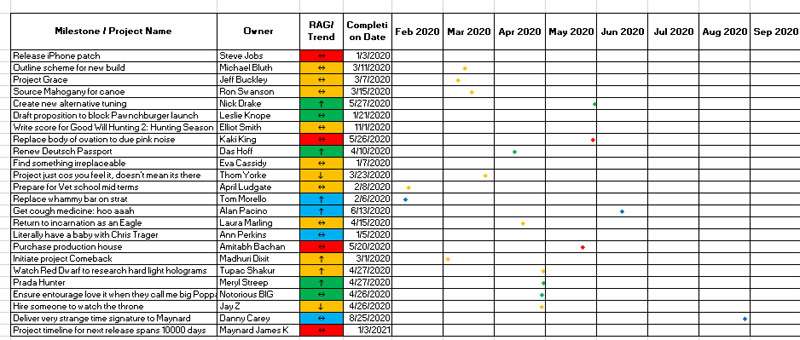
It is a result that shows how much work is done and how much is needed. E.g. a company is developing an app, the milestones can be front-end development, graphics, code, database development, etc.
Each phase delivers a milestone and a team can keep adding to the milestones until the final app is developed.
In agile planning, the team uses milestones to keep a measure of their performance and keep track of the project. By using agile milestones the likelihood of achieving deliverables right on time becomes more possible.
These milestones can also be shared with the stakeholders to keep them in the loop, with the team’s performance and proceeding of the plan. They can look at the milestones and identify that the team is right on track because all the milestones are being accomplished in due time.
These milestones can be used at multiple points in the cycle of a project, most commonly at the end of each sprint or at the end of each release.
A fixed date milestone is used in traditional software development, but in agile methodology, the team needs to keep things flexible due to the ever-changing nature of the plan.
Sprint Project Management Template
The sprint project planning is done very initially when the project planning is being kicked off. Whereas new sprints can also be added as the project continues. The sprints need to stay within the original release plan. No sprint can exceed the actual release plan.
When a sprint is added, this is how the team proceeds:
A retrospective meeting is held among the team where the previous sprints and their lessons learned are discussed.
Sprint Planning Meeting
Is held where the release plan is analyzed and updated if need be, this depends on the length of the additional sprint, its priority, and the value it brings to the project, whether it is adding an important new feature to the project, or any unavoidable idle time that wasn’t planned in the previous release plan.
Breakdown
User’s requirements into detailed tasks to avoid any surprises at the time of development. Elaborate all requirements into totally doable and well-defined features.
Assign
tasks to respective team members and ensure their commitment and knowledge about each task, discuss a time frame required to complete that task, and make sure that the assignee is well aware of all aspects. This is usually done by a scrum master in an agile development plan.
Write Up
all the tasks, user requirements, and who is assigned what task on a large board that is visible to each team member to ensure that everyone remembers everything and nothing is skipped, this needs to be done for each sprint.
Track
all the tasks on a chart or grid with details like a task, assigned to, deadline, time used, remaining time. These details should be shared across the whole team so that everyone stays updated with the progress.
Burndown Chart
should be maintained strictly throughout a sprint, it shows the time used/remaining, tasks completed/remaining vs. The actual plan. The slope of a burnout chart shows whether the team is behind the schedule, ahead of the schedule, or on time.
Agile Project Roadmap Template
A project roadmap shows the overview of the project’s strategic pace, where the project I actually headed in the long run. It determines the direction and expectations of the development team, to the company. Sometimes it can be used as a strict project plan, but in agile development, a roadmap provides direction, guidance, and a clear view of where the project stands.
A roadmap may range over a variable span of time, months, in some cases quarters, and in some cases even years, depending on the length of a project.
An example of a roadmap can be shown by the following image:
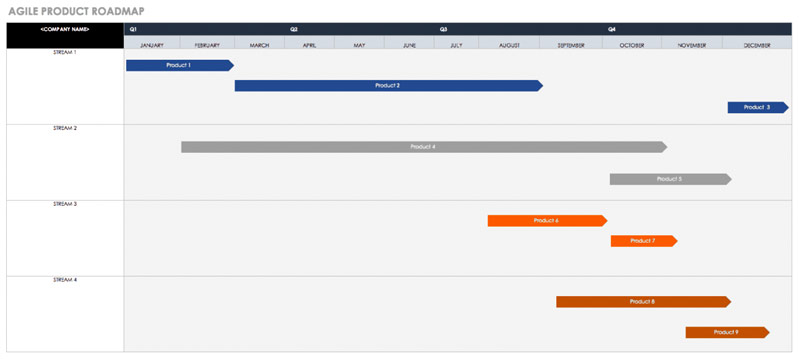
Each arrow in this roadmap identifies a separate task in the project, and the length of the arrow represents the estimated time needed to complete it, and if the tasks are overlapping each other. Every company can personalize its own roadmap based on the required statistics.
Agile Project Planning Template in Excel is a valuable tool that streamlines the project management process and facilitates the implementation of Agile methodologies.
This comprehensive template is designed to help teams effectively plan, track, and execute their projects with agility and efficiency.
The template typically consists of multiple sheets, each serving a specific purpose to cover various aspects of the project’s lifecycle.
In addition, for more information please contact us Projectmanagementools.com support team



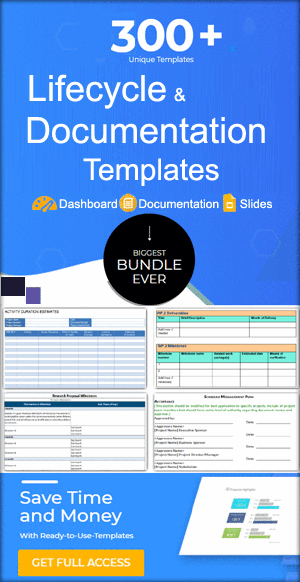
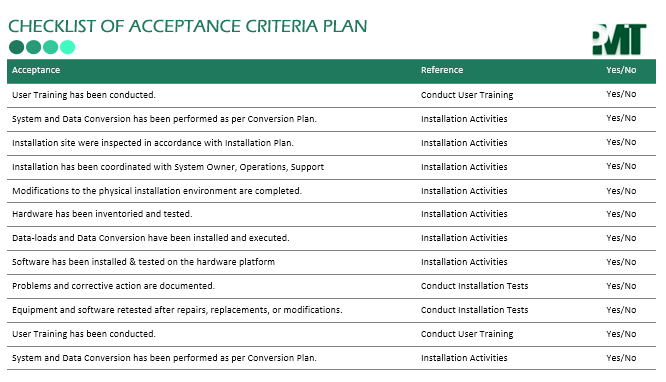
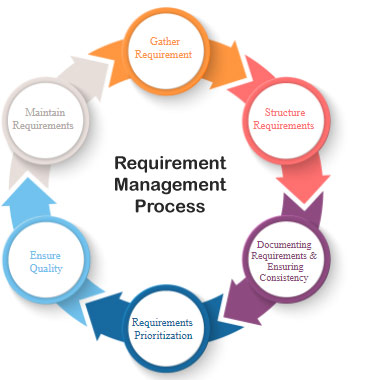
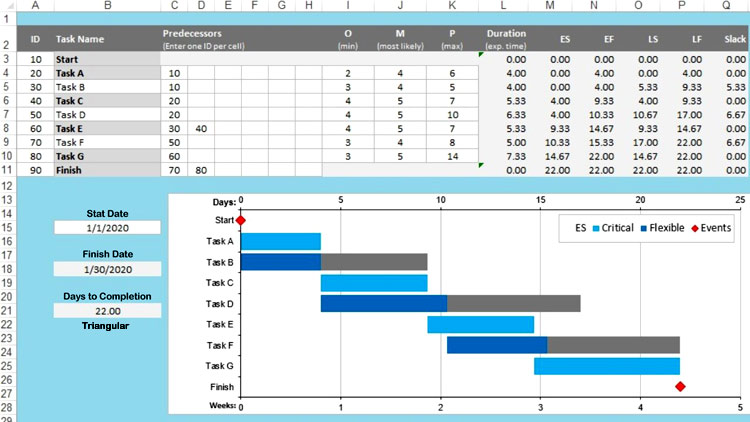

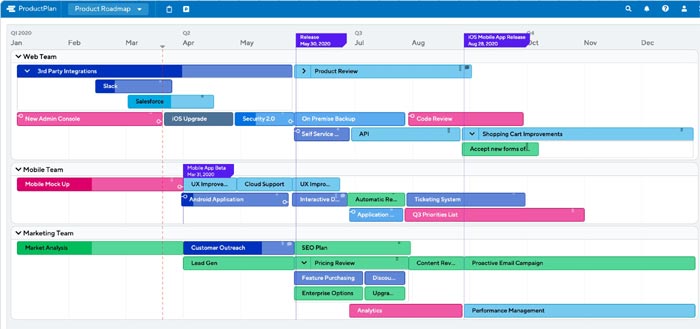
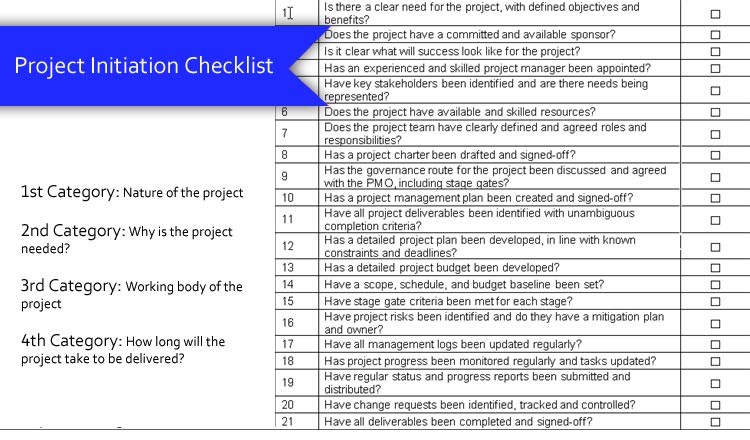
Excellent seller. Was having issues opening spreadsheet due to me using my work (corporate) computer and the seller went above and beyond in helping me find a positive resolution. Excellent spreadsheet as well; the Swiss army of project management sheets.
Looks great, easy to understand directions!